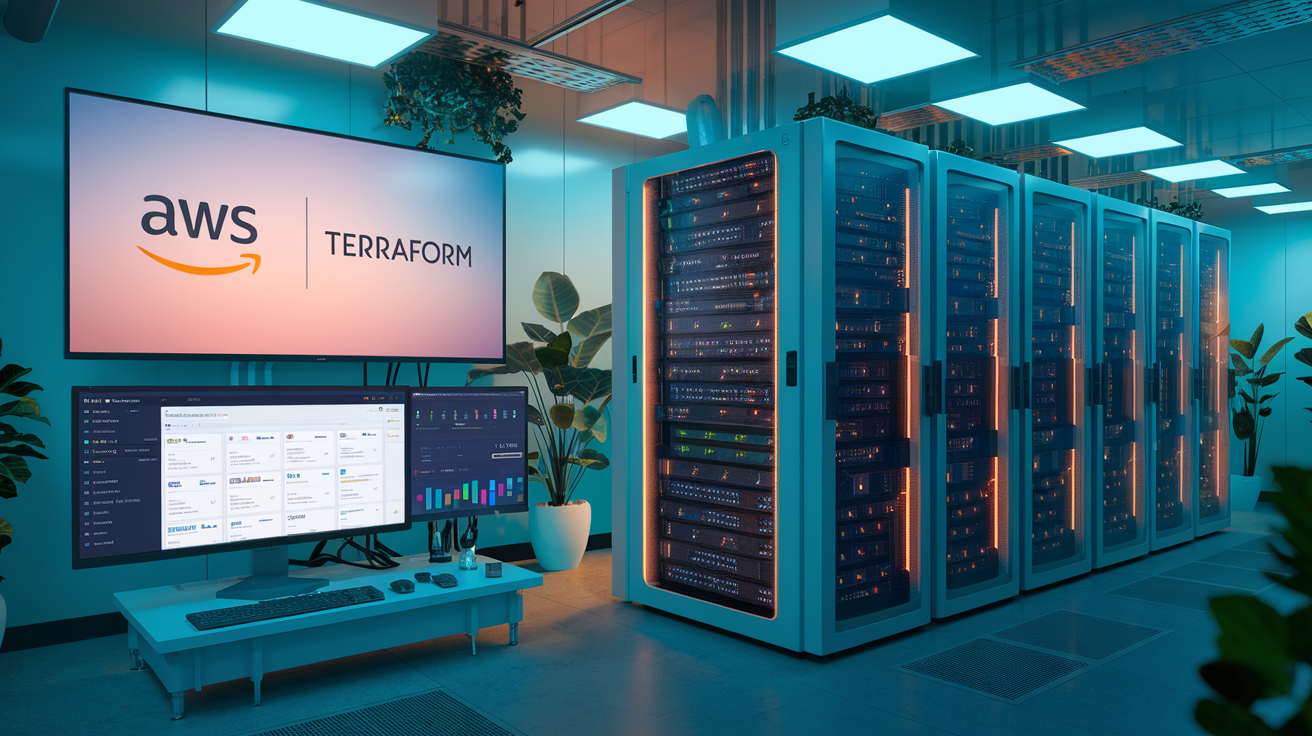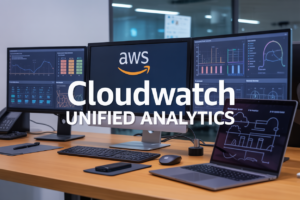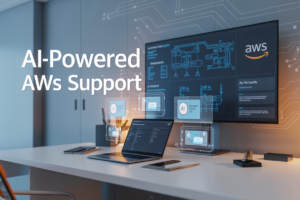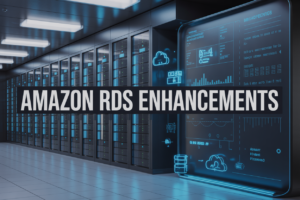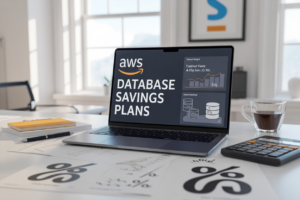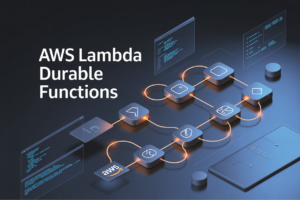You’ve mastered containers, dabbled with cloud providers, but how many times have you manually pieced together infrastructure only to rebuild it all when requirements change? Yeah, I’ve been there too.
Deploying a 3-tier architecture in AWS using Terraform modules isn’t just another technical exercise—it’s your ticket to infrastructure that practically maintains itself.
This guide walks you through creating scalable and secure AWS infrastructure using Terraform’s modular approach. You’ll learn how to separate your presentation, application, and data layers while maintaining security and scalability throughout.
The best part? Once you understand the pattern I’m about to show you, you’ll wonder how you ever lived with clicking through the AWS console or writing monolithic Terraform files.
Understanding 3-Tier Architecture for Cloud Deployments
Benefits of separating presentation, application, and data tiers
Breaking your architecture into three distinct tiers isn’t just a fancy diagram—it’s a game-changer. Your presentation layer handles user interactions, the application tier processes business logic, and the data tier manages storage. This separation makes debugging easier, allows targeted scaling, and helps teams work independently without stepping on each other’s toes.
Setting Up Your Terraform Environment
Installing and configuring AWS CLI and Terraform
Ever tried building a house without the right tools? Setting up your Terraform environment is just like that. Start by downloading AWS CLI and configuring it with your access keys (aws configure). Then grab Terraform from HashiCorp’s website and add it to your PATH. Quick verification? Run terraform -v and aws --version in your terminal.
Building Reusable Terraform Modules
A. Module design principles for maximum flexibility
Terraform modules are like LEGO blocks for your infrastructure. Build them small, focused, and with clear inputs/outputs. Make parameters optional with smart defaults. Version your modules properly. And always document how they work – your future self will thank you when that 3 AM production issue hits.
Implementing the Presentation Tier
Implementing the Presentation Tier
A. Load balancer configuration for high availability
Ditch those single points of failure! AWS Application Load Balancer distributes traffic across multiple EC2 instances, automatically scaling when traffic spikes. Our Terraform module configures health checks, sticky sessions, and cross-zone load balancing with just a few lines of code.
Designing a Robust Application Tier
A. Auto-scaling group configuration for dynamic workloads
Auto-scaling groups in AWS are game-changers for handling unpredictable traffic. Configure them with smart scaling policies—CPU utilization at 70% is a good trigger. Set appropriate cooldown periods (300 seconds works well) to prevent thrashing. Your Terraform module should include launch templates with instance types optimized for your workload.
Securing the Data Tier
Securing the Data Tier
A. RDS deployment with encryption at rest
Ever felt nervous about your database secrets? AWS RDS encryption locks down your data using AES-256, making it virtually impossible for attackers to access your raw data. Just tick a checkbox during setup, and boom – instant protection. The performance hit? Nearly zero. Your database keys get managed through KMS, so you’re covered end-to-end.
Implementing Security Best Practices
A. Network segmentation with security groups and NACLs
Security groups act as your virtual firewalls at the instance level, while NACLs function as border control for subnets. Together, they create a defense-in-depth strategy. Always restrict traffic flow to the minimum required paths—web tier accepts external HTTP/HTTPS, app tier only accepts from web tier, and data tier only from app tier.
Automating Deployment with CI/CD
Automating Deployment with CI/CD
A. Setting up infrastructure pipelines
Ever tried managing cloud infrastructure manually? It’s a nightmare. Infrastructure pipelines automate the whole process—from code commits to provisioning AWS resources. Create separate pipelines for dev, staging, and production environments, and watch your deployment headaches disappear.
Monitoring and Operating Your Architecture
Monitoring and Operating Your Architecture
A. CloudWatch dashboards and alarms
Ever noticed how pilots constantly check their instrument panels? That’s exactly what you need for your AWS architecture. Set up CloudWatch dashboards to visualize performance at a glance and configure alarms to alert you before small issues become major disasters.
B. Log aggregation and analysis
Got logs scattered across multiple services? Nightmare, right? Centralize them using CloudWatch Logs or solutions like ELK Stack. When something breaks at 2AM, you’ll thank yourself for having searchable, consolidated logs to quickly pinpoint what went wrong.
C. Performance monitoring and optimization
Your architecture isn’t static – it breathes, grows, and occasionally chokes. Use CloudWatch metrics to track CPU utilization, memory usage, and network traffic. Spot bottlenecks before your users do and adjust resources accordingly to keep everything running smoothly.
D. Cost tracking and optimization
Cloud bills shocking you each month? Been there. Implement AWS Cost Explorer and Budgets to track spending patterns. Tag resources properly and identify idle or oversized resources. Sometimes, the difference between breaking the bank and staying profitable is just right-sizing that EC2 instance.
Deploying a 3-tier architecture in AWS using Terraform modules provides organizations with a scalable, secure, and maintainable cloud infrastructure. By implementing distinct presentation, application, and data tiers through reusable Terraform modules, teams can create well-structured environments that separate concerns while maintaining security throughout each layer. The integration of CI/CD pipelines further enhances this approach by automating deployments and ensuring consistency across environments.
As you embark on your infrastructure-as-code journey, remember that effective monitoring completes the picture—allowing you to maintain visibility into your architecture’s performance and security posture. Take the time to properly structure your Terraform modules and security configurations from the beginning, as this foundation will pay dividends as your applications scale. Start small, iterate frequently, and leverage the power of infrastructure automation to build cloud environments that grow with your business needs.










